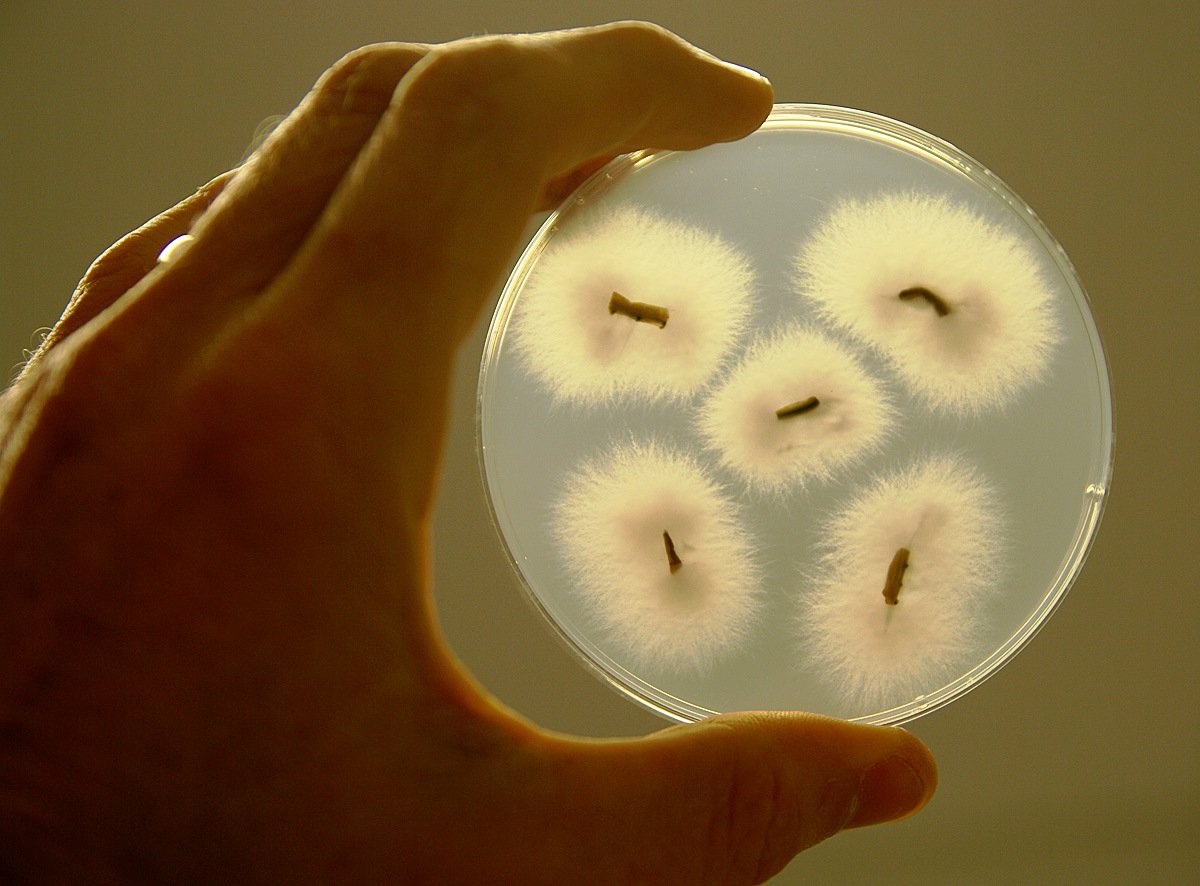
Signs and symptoms of TR4
External symptoms
What to look for:
yellowing of leaf margins and at the base of older leaves
entire leaves turning yellow and the leaf margins turning brown
dead leaves collapsing along the leaf stalk or at the junction of the stalk and pseudostem, forming a skirt of dead leaves around the stem of the plant
younger leaves remaining green and upright giving the plant a spiky appearance
stem splitting occasionally occurs at the base of the plant. The split is typically two or three layers thick, however, in the advanced stages of the disease, splitting can extend much higher up and deeper into the stem.
As the disease progresses, symptoms will become more obvious.
Tip:
Symptoms are more obvious at particular times of the year and crop stage. Environmental stress such as wet, dry or extremely hot conditions enhance the development of the disease. Crop stage is also a factor. As bunch development requires additional nutrients and water, this may promote expression of symptoms. For example, plants may look healthy until bunches emerge, then suddenly start to show leaf yellowing and wilt.
If you suspect a plant has TR4, report it immediately to Biosecurity Queensland on 13 25 23 or click here to report it online.
Scroll through the below images to see examples of external symptoms:
Symptoms in young plants
Tissue culture plants are disease free when they leave the laboratory but can be contaminated if they come into contact with contaminated soil or water. Bits and suckers carry a much higher risk of carrying and spreading the disease, even if they appear to be free from symptoms. Unexplained death of young plants in nurseries or after planting should be reported to Biosecurity Queensland. Planting material should always be sourced as tissue culture plants from an accredited QBAN nursery to minimise risk of spread of disease.
Warning: Banana planting material should always be sourced as tissue culture plants from an accredited QBAN nursery to minimise risk of disease spread.
Internal symptoms
Do not cut plants to look for internal symptoms of TR4. Cutting or removing a symptomatic plant can spread infected material and stimulate the fungus to increase spore production which:
greatly increases the risk of disease spread within and off your property
reduces the chances of getting a suitable sample from the infected plant for diagnostic testing
puts the broader banana industry at risk.
If a symptomatic plant has been cut, it is important to notify Biosecurity Queensland immediately so that samples may be taken for diagnostic testing to confirm or exclude the presence of TR4.
Internally, plants infected with PTR4 show discolouration of the vascular tissue in the corm and stem ranging from yellow to red through to dark brown or black. Symptoms are the same for young potted plants.
Warning: Don’t cut plants yourself!
Scroll through the below images to see examples of internal symptoms:
Other conditions and diseases that TR4 can be confused with
In its early stages, the disease can be mistaken for:
nutritional disorders
drought
waterlogging
yellow sigatoka or leaf spot
Erwina
banana weevil borer damage
Warning: If you’re not sure whether a plant has symptoms of Panama TR4 or another disease, you should still report it to Biosecurity Queensland on 13 25 23.
Scroll through the below images to see examples of other conditions which can be confused with TR4:
What to do if you find a suspect plant
A suspect plant or plants should be immediately reported to Biosecurity Queensland on 13 25 23.
If you find a suspect plant you should:
Mark the plant with flagging tape or spray paint.
Record the location details of the plant (block, row, etc), to help find it again. Or take a GPS location point.
If you can, take pictures to help with identification.
Limit access to the suspect plant and alert other workers to avoid the vicinity of the plant.
Tell your supervisor or property owner who must immediately call Biosecurity Queensland on 13 25 23.
Suspect plant marked with spray paint.






















